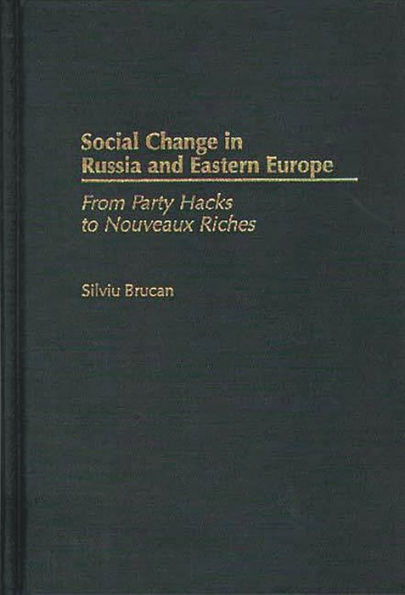Brucan, a former Romanian ambassador to the United States and the United Nations, provides the first social history of the remarkable transition from communism to capitalism in Russia and Eastern Europe after the collapse of the Soviet Union. He begins with an examination of the old social structure in communist societies, which used to be cosmetically advertised by the party and officialdom, paying particular attention to the nomenklatura, who have miraculously transformed themselves into big businessmen and bankers. A chapter is devoted to the decline of the working class, whom Brucan shows to be the big loser in the revolution.
He then examines the new social stratification, illustrating how the new classes are taking shape under the conditions created by market reform. The symbiosis between capital and power is analyzed in depth, and Ambassador Brucan concludes his study with a look at the direction the social transformations are pushing these societies, particularly the separate paths being followed by Russia and Eastern Europe. This is an important study for researchers, scholars, and policy makers involved with Russia and Eastern Europe.



